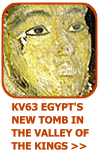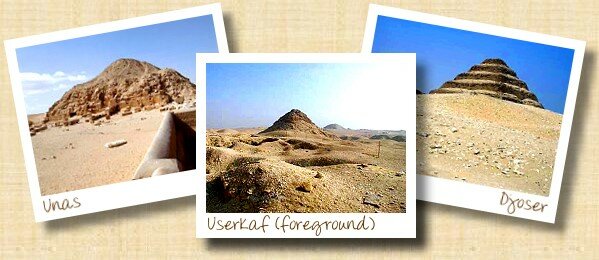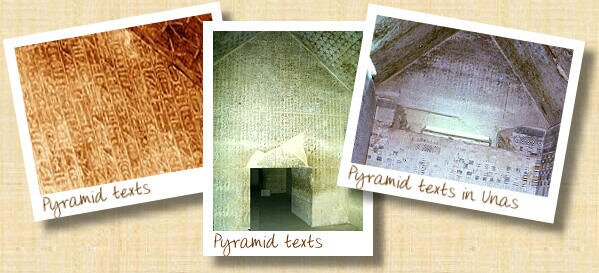|
|
|||||||
|
|
Saqqara
If there were such thing as a ‘Hamunnatra’ (a fictitious necropolis invented by Hollywood meaning the ‘City of the Dead’) then Saqqara would certainly be a contender for the title! Today the pyramids on the Saqqara plain lie in the middle of a desert. At the time of their construction, Abusir Lake would have extended along the wadi to form a natural harbour in front of Djoser and Sekhemkhet’s pyramids. The vizier-cum-architect Imhotep built the Step Pyramid, a huge innovative leap in construction techniques, in the 3rd dynasty for his pharaoh Djoser (c. 2668-2649 BC). It was the first time such a monumental structure was built entirely from stone. The site probably takes its name from Sokar; a falcon headed deity believed to be the guardian of the whole necropolis. A French Egyptologist, Jean-Philippe Lauer dedicated his life to unravelling the mysteries of Saqqara. He concluded that the ‘great man’ Imhotep never had a preconceived building plan. Initially, the pyramid began as a traditional mastaba, not content with this basic design; Imhotep had the mastaba extended. Lauer deduced that the construction of the pyramid took the form of ‘learn as we go’ which resulted in the monument being constructed in haphazard stages, eventually causing the collapse of some of the lower courses of casing stones in later years.
The pyramid was an inseparable part of a massive burial complex, comprising of buildings that can be likened to a ‘spaghetti western stage’. All the buildings and their accessories i.e. door hinges etc are made entirely from stone and every structure is duplicated, why? The duality element represents Djoser’s supreme authority over ‘the Two Lands’ and the symbolic nature of the buildings was to imitate the living world. The dead pharaoh’s Ka was able to inhabit these symbolic buildings allowing the dead king to continue reigning even after his death, forever protecting his beloved Egypt.
Saqqara is also famous for the hieroglyphic religious texts found inside the pyramids of the 5th and 6th dynasty kings, which are now known as the Pyramid Texts. They are the first ever corpus detailing the ancient Egyptians religious beliefs, describing how the dead king would ascend to the heavens to enjoy an Afterlife with the circumpolar stars. They also include a reference to how the ancient Egyptians believed the world came into being, known today as the Creation Myth. The most complete version of the texts are to be found inside the 5th dynasty pyramid of king Unas (c. 2375-2345 BC). Recommended pages for further information on Saqqara: Next site: Memphis >> |
||||||

|
|||||||
|
|||||||









 The Saqqara plain was in use as a cemetery from early the dynastic times, until the Christian era, a period of some 2,700 years. It is home to 11 royal pyramids, more than any other site in Egypt. It also contains hundreds of mastaba tombs belonging to nobles, governors and high officials, making the area covered by the necropolis almost 4 miles long.
The Saqqara plain was in use as a cemetery from early the dynastic times, until the Christian era, a period of some 2,700 years. It is home to 11 royal pyramids, more than any other site in Egypt. It also contains hundreds of mastaba tombs belonging to nobles, governors and high officials, making the area covered by the necropolis almost 4 miles long.
